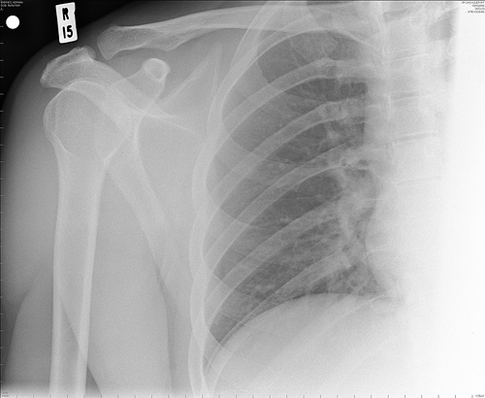Why Lance’s Arm Was Not So Strong
Study shows road cyclists have lower bone density

When Lance Armstrong broke his collarbone a few weeks ago, the sporting world gasped: Superman appeared to be breakable. Sure, he survived testicular cancer and broke up with Sheryl Crow, but, generally speaking, the guy has been infallible since winning his first Tour de France. But is it possible that the collarbone fracture wasn’t an anomaly, but the revealing of Lance’s kryptonite: weak bones?
Okay, perhaps we went too far inferring that Lance has weak bones. But a recent study published in Medicine and Science in Sports and Exercise does suggest that competitive road cyclists have a lower bone mineral density (BMD) than body mass-matched controls.
BMD was determined using dual energy x-ray absopriometry (DXA scan) to calculate the density in the lumbar spine in 32 cyclists and 30 controls. The calcium intake for each subject was estimated from a food-intake frequency questionnaire. Resting serum and testosterone was also measured.
The results showed no difference in testosterone, age, height or body mass between the cyclists and the control group. The calcium intake was significantly higher in the cyclists but, despite this, this group had a significantly lower BMD than the controls (p<0.05). Overall 25 percent of the cyclists were defined as osteopenic (having low bone density), compared to just 10 percent of the controls, while 9 percent of cyclists were defined as osteoporotic (very low density) as compared to just 3 percent of the controls.
So why might Lance suffer from increased bone porosity?
“Bicycling is a wonderful, low-impact cardiovascular exercise that puts little mechanical load on the bones and joints,” explains Dr. Warren P. Levy, President, and CEO of the biopharmaceutical company Unigene Laboratories. “When it comes to the risk of thinning bones, however, it’s the weight-bearing nature of exercise that signals bones to create more mass. Without such stress, bones do not get stronger, and become more prone to injury.”
That concept is backed up by a 2002 study published in the journal Bone, which showed that mountain bikers, with a bit more impact on their wheels, had a higher BMD than did their road-biking counterparts.